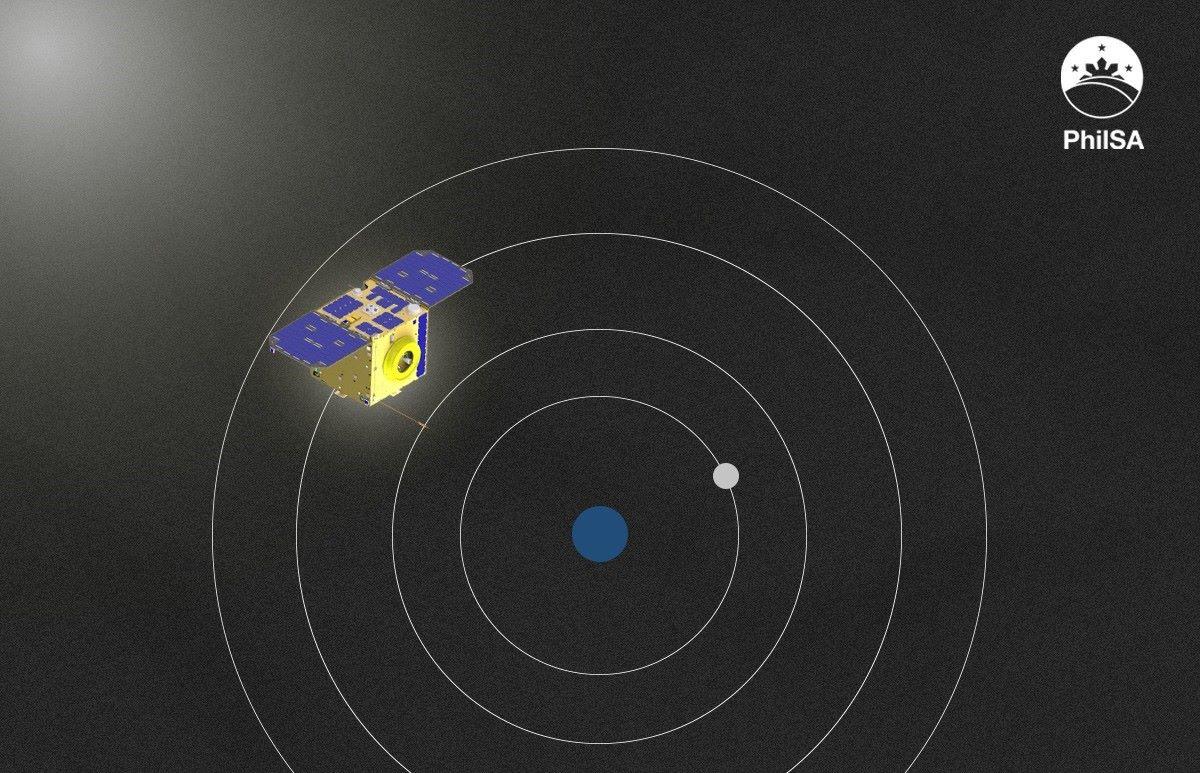Diwata-2 exceeds lifespan, marks six years in space

Diwata-2, the country’s second Earth observation satellite, has exceeded its five-year expected lifespan as it marked its sixth year in space, the Philippine Space Agency (PhilSA) said on Tuesday.
The microsatellite was launched into space on October 29, 2018 to help with environmental assessment, agricultural management, and determine the extent of damage caused by calamities.
“Through the Sentinel Asia network, Diwata-2 provides satellite imagery of affected areas during calamities to neighboring countries for disaster response,” said PhilSA, noting that Diwata-2 uses its high-precision telescope to capture images on Earth.
“While in space, Diwata-2 remains actively operational, continuing its mission with its amateur radio unit (ARU), which has provided valuable service to radio enthusiasts across the world.”

The microsatellite is also used by scientists to determine typhoon intensity.
“By using Diwata-2 imagery from multiple angles, scientists can reconstruct detailed 3D models of typhoons, which they then use to calculate the strength of typhoon winds. This process is called stereophotogrammetry,” the PhilSA explained.
Developed by researchers from the UP Diliman and DOST Advanced Science and Technology Institute, in cooperation with Tohoku University and Hokkaido University in Japan under the PHL-Microsat Program, Diwata-2 is the successor to Diwata-1, the country’s first microsatellite, which was launched in April 2016 and returned to Earth in 2020.
PhilSA added that the Multispectral Unit for Land Assessment (MULA), the country’s first and largest commercial-grade satellite, is currently under development.
“MULA is designed to support the nation’s goals in food security, disaster resilience, environmental conservation, and national security,” the agency said. —VBL, GMA Integrated News





